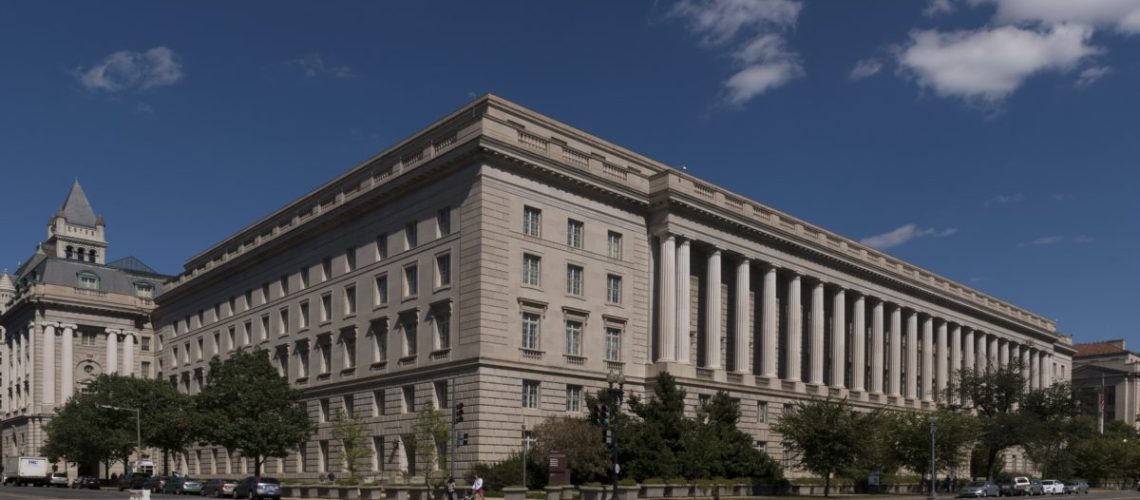The Treasury Department released details today on how clean energy developers can receive full value of Investment Tax Credit by using a percentage of registered apprentices and paying prevailing wage.
The U.S. Department of the Treasury released guidance for the Internal Revenue Service (IRS) on the prevailing wage and apprenticeship requirements included in the Inflation Reduction Act, which was passed by the U.S. House of Representatives in August. Hailed as the most significant piece of climate legislation in history, the IRA mandates a reduction of carbon emissions by roughly 40% in 2030.
One of the most significant provisions of the infrastructure law is the long-term extension of the investment tax credit (ITC) which was instrumental in launching the U.S. solar industry. The bill calls for a 10-year extension of 30% of the cost of installed equipment to be tax exempt, falling to 26% in 2033, and 22% in 2034.
The IRA offers increased credit amounts to developers who pay a prevailing wage and use a certain percentage of registered apprenticeship. The guidance released today provides further details of how those requirements will work.
In essence, the prevailing wage requirements states that the taxpayer (developer) must pay any laborer, mechanic, contractor or subcontractor at the prevailing rates for the location in which the construction takes place, as determined by the Secretary of Labor. The prevailing wage rate requirements provides correction and penalty mechanisms for a taxpayer’s failure to comply.
To meet apprenticeship requirements, taxpayers must ensure that, for construction that begins before January 1, 2023, at least 10% of labor is performed by qualified apprentices. This steps up to 12.5% for construction that begins after December 31, 2022, and before January 1, 2024. And then bumps up again to 15% for construction that begins after December 31, 2023.
“This guidance offers a preview of a new era for clean energy tax credits, which takes into account not only the vast emissions reduction potential of clean energy technology but also the opportunity it presents to create good-paying, accessible union jobs across the country,” said Jason Walsh, executive director of the BlueGreen Alliance. “We look forward to continuing to work with the administration to maximize the benefits of the Inflation Reduction Act for workers and communities.”
The publication of this notice in the Federal Register begins the 60-day period in which taxpayers must begin construction of a facility (or installation under the rules for expensing energy efficient commercial building property) to receive the enhanced tax benefits without satisfying the prevailing wage and apprenticeship requirements.



